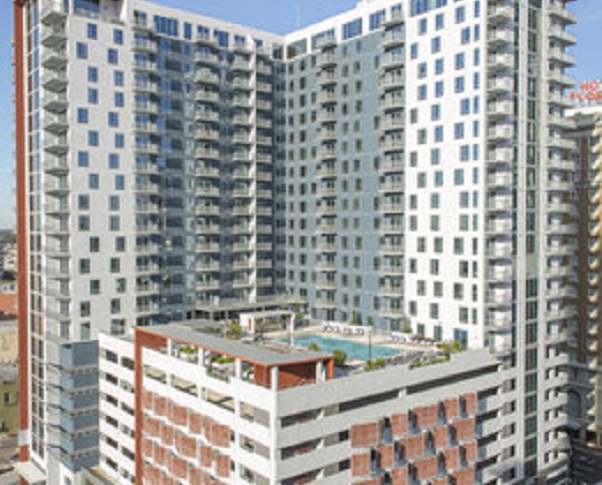Products You May Like
For years, offices have built up the broadband infrastructure to meet the high-speed computing needs of corporations. Then in mid-March, everything changed.
Those office workers suddenly started logging on at home, and the connectivity demands were turned upside down. DWS Group wrote in its paper on ESG investing in real estate in a post-COVID world that the crisis “has also shifted much of work and school life to an online world.”
“To account for more virtual connectivity going forward, we believe there will be a need to design in more capacity in building digital infrastructure,” says Jessica Elengical, head of ESG Strategy, Alternatives at DWS. “With many offices standing empty for the foreseeable future, the technological channels have been diverted into our homes.”
Currently, the system isn’t built for people working from home and those broadband demands at the residential level.
“We have a system that is not prepared for that type of capacity,” Elengical says. “Everybody is doing their virtual calls or zoom conferences from home, which is not something that a residential system may be able to accommodate.”
Elengical says upgrades to residential systems in apartments, including to better servers, can improve user experience in times like these.
“One thing we think about is how many other systems within the building are actually using this technology as well,” Elengical says. “So the smarter our buildings become, the more bandwidth you need to both support the back of the house as well as tenant needs.”
In student housing, the needs could be even higher. “Students are bringing lots and lots of devices onto the campus,” Elengical says. “You now need to support twice the number of devices that have been there in the past. So all of that connective capacity, which you need to think about more in offices, is becoming pretty critical in residential as well.”
The working environment isn’t just influencing home connectivity. It has ramifications for other sectors as well. “Many logistics hubs are in overdrive to meet our new home delivery needs in this new decentralized working environment,” Elengical says.
While single-family homes, apartment buildings and even logistics hubs have been using more bandwidth and energy, commercial structures will be consuming less. Fortunately, energy analytics systems can give building managers visibility into their energy usage, and sensors can show them physical occupancy, according to Elengical.
“Using these two things [sensors and energy management systems], you can start to manage your energy much more closely, particularly during times of low occupancy,” Elengical says.
The data provided by these systems can help building operators reduce energy, even with systems that they can’t shut off altogether.
“When it [occupancy] is low, you can see that there are maybe a couple of people in an office,” Elengical says. “You can certainly find other strategies to make sure you’re turning energy on without really using too much or running it at a lower, more efficient level. We need to really use these energy systems and optimize physical occupancy.”
